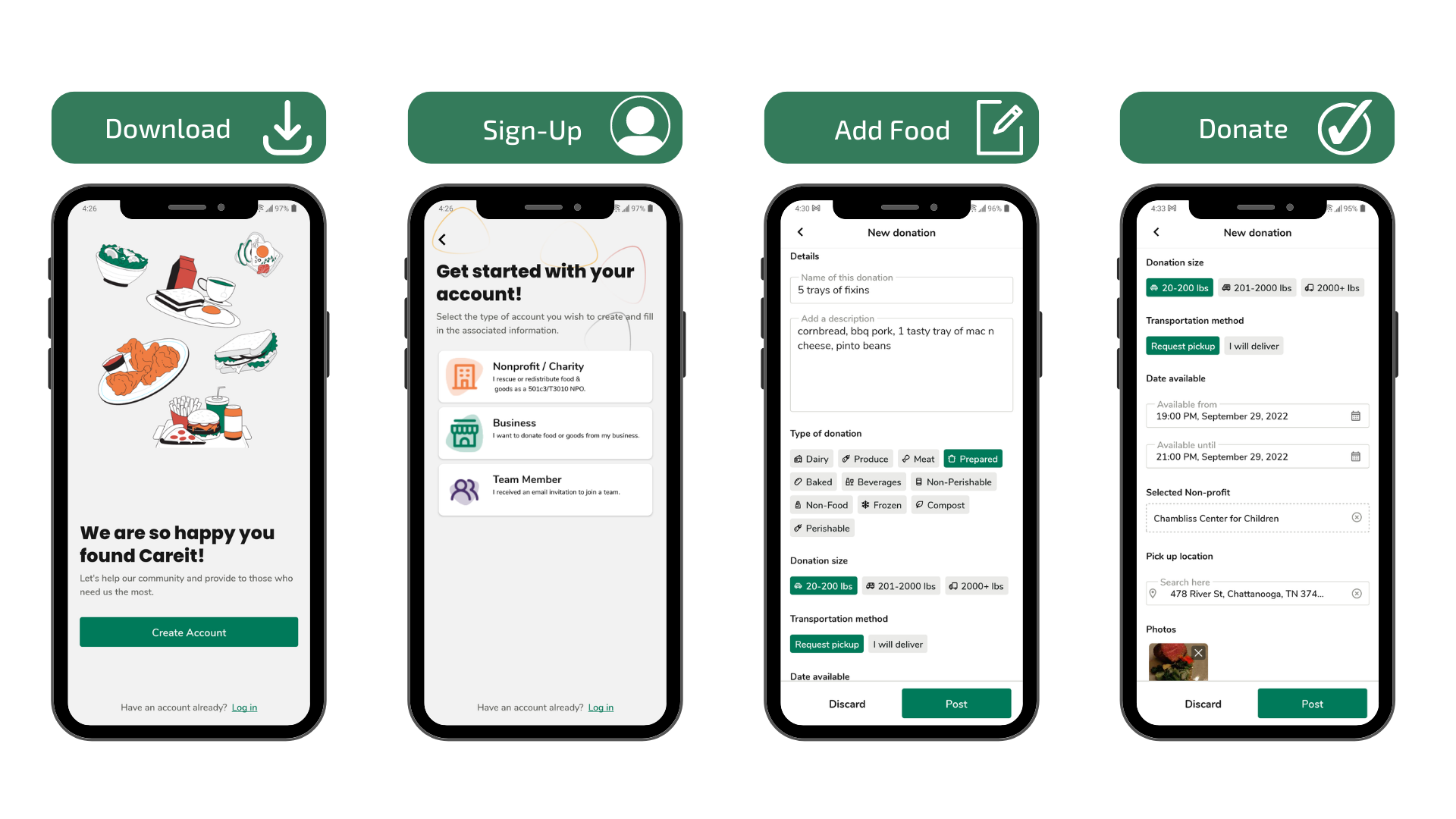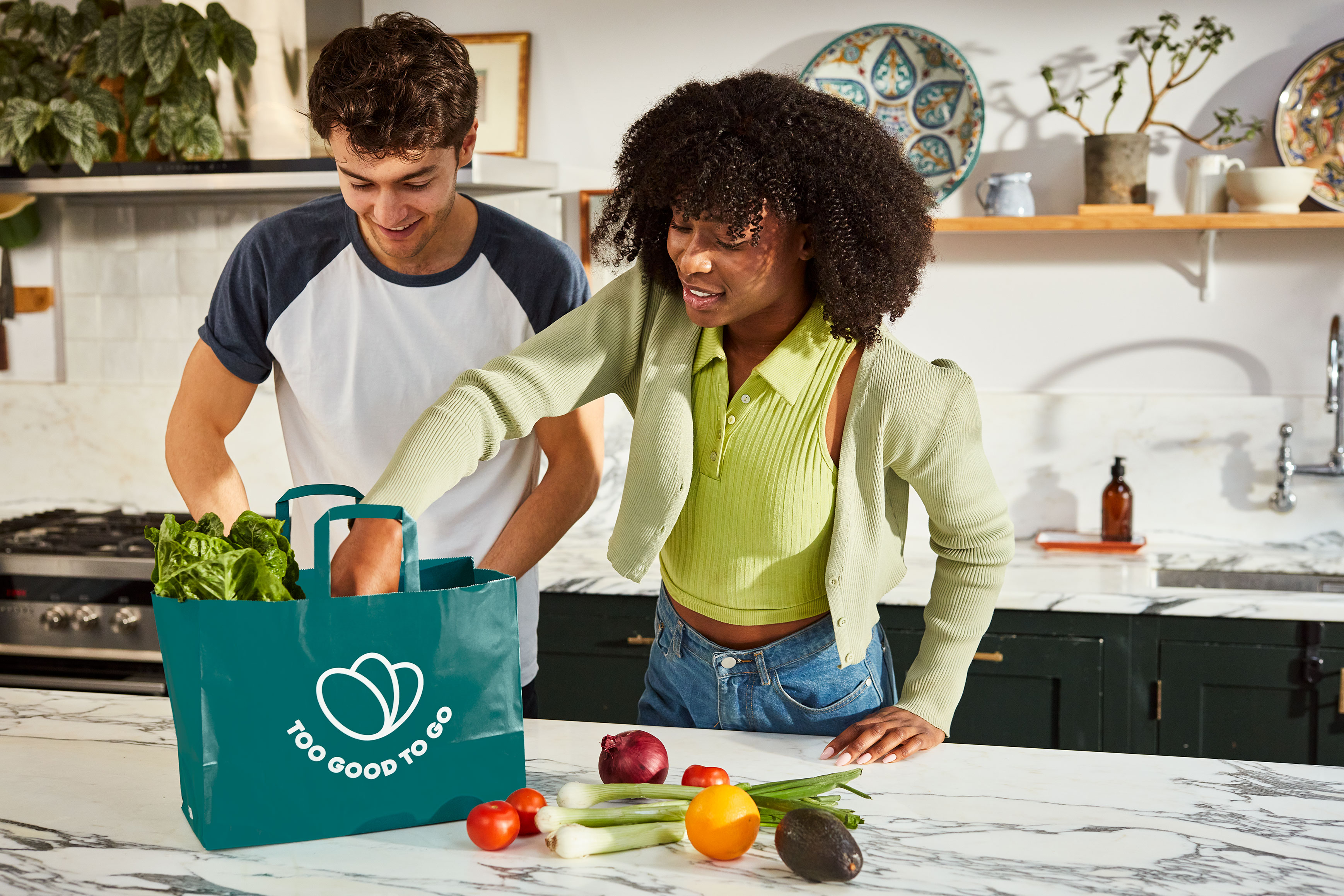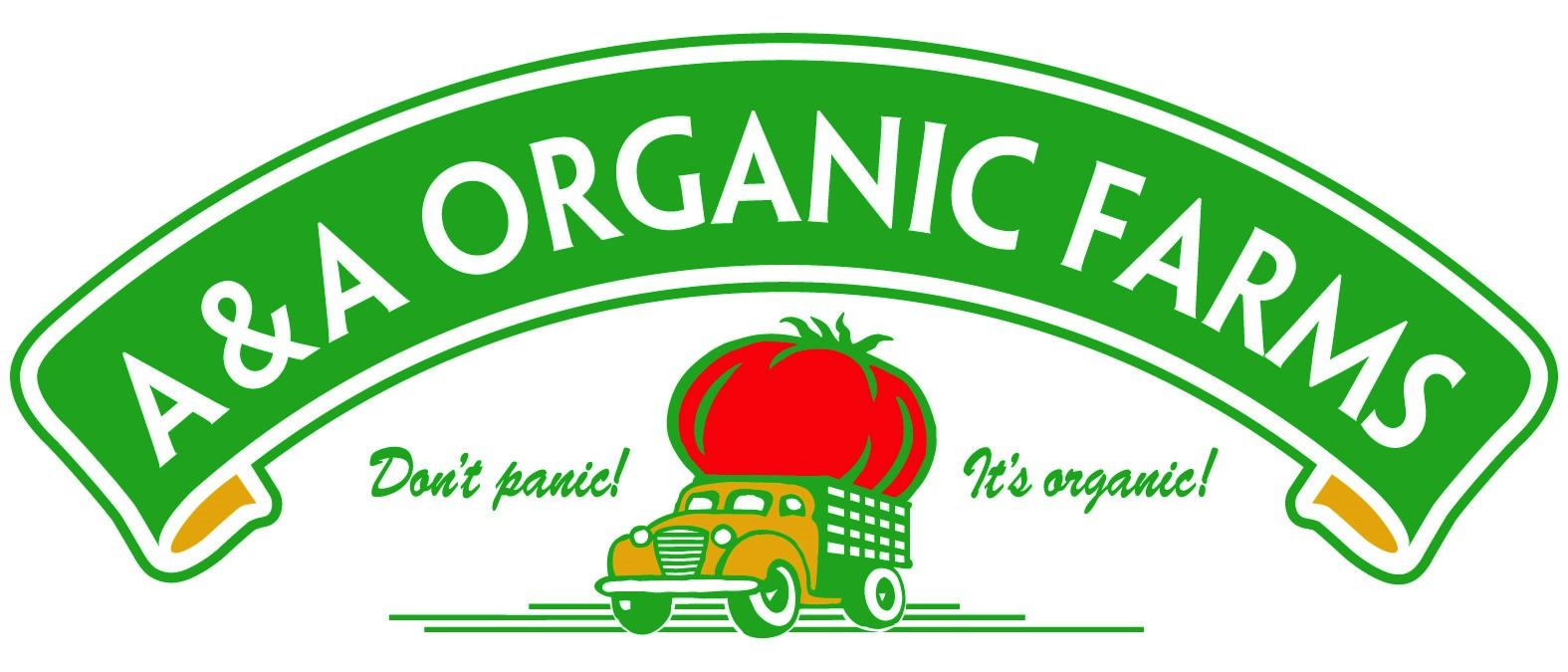Every year, U.S. grocery stores face food waste when items are unsold by their sell-by dates.
What if there was a solution that could bring this potential waste to hungry consumers, turning loss into opportunity? That's the revelation behind a wave of technology-driven platforms like Too Good To Go, Flashfood and Careit, which are reframing the way retailers, nonprofits and shoppers think about surplus food.
These apps provide excess inventory to people who want or need discounted food, offering straightforward, consumer-friendly methods for retailers to list surplus products that might otherwise end up in landfills. Through a few taps on a phone, shoppers can purchase near-expiration items at a fraction of the cost (Too Good To Go and Flashfood). Or, likewise, nonprofits and community organizations can be matched with donations that fit their needs (Careit).
“Careit is a food donation software that helps grocery retailers start or improve a food donation program,” says co-founder and CEO Alyson Schill. “Careit connects each store with one or more nonprofit partners to rescue surplus unsold merchandise. Or, stores that already work with a preferred local charity can utilize the app to schedule and track their existing donation program more efficiently.”
Schill says the biggest impact grocers who donate surplus food have on their community members is introducing healthier nutrition and even organic produce to people experiencing food insecurity.

“When families are trying to stretch a small budget for SNAP benefits to last, they are sometimes forced to prioritize calorie intake over nutrition, and this has consequences for the health and wellness of their families. But given the opportunity to receive donated groceries, even if they are short-dated or imperfect, a family can cook healthy meals with produce that they might have otherwise never tried,” Schill says. “And when the future provides them with better financial resources, they will remember that meal and return to purchase those items again.”
Schill says more than 3,000 total grocers have joined Careit, and 100% of them have successfully donated food to Careit's network of nonprofits to distribute to those in need; more than 155 million total pounds of food have been rescued from its grocery clients since its inception in 2021.
Grocery store partners have been excited to expand their network of nonprofits with Careit, Schill says, even starting weekend donations.
“Not all community charities are members of the food bank network, so Careit provides a platform for their grocers to connect with them directly. Additionally, not all grocery stores have access to compost services for the food that can't be donated, so we've expanded our services to include diversion to local animal farmers,” Schill says. “And most importantly, every corporation or grocery store chain has its own liability and risk assessment protocol, so Careit enabled a customizable onboarding compliance portal for our corporate clients to vet each nonprofit partner.”
While Careit works with a network of nonprofits, Too Good To Go works directly with the consumer.
Too Good To Go is a food-rescue app that partners with grocery stores, restaurants, bakeries and cafes to sell surplus food that would otherwise go to waste. Customers use the app to purchase discounted “Surprise Bags” filled with unsold items nearing their expiration date, typically at one-third of the original price. The company says Whole Foods, for example, offers bakery bags ($6.99) and prepared foods bags ($9.99) that customers reserve to pick up the following day.
Founded in Denmark and now operating in dozens of U.S. cities, Too Good To Go representative says that, in the U.S., the company has helped save over 26 million meals (equal to roughly 57,320,188 pounds of food) from going to waste, which roughly translates to over $264 million in collective savings for consumers nationwide.
With the 26 million meals saved, Too Good To Go has avoided more 71,185 metric tons of carbon dioxide equivalent (CO2e ), which is equivalent to the emissions associated with producing almost 397 million pounds of citrus fruit, for example.
The representative adds that every time a Surprise Bag is saved from going to waste via Too Good To Go:
- Roughly 2.7 kg (almost 6 pounds) of CO2e emissions is avoided.
- 810 liters (approximately 214 gallons) of water use is avoided.
- 2.8 square meters (just over 30 square feet) of land use is avoided.
Globally, Too Good To Go has helped save more than 480 million meals (equal to roughly 1,058,303,423 pounds of food), which means avoiding nearly 1.3 million metric tons of CO2e emissions, according to the representative.
What makes Flashfood unique, a representative says, is that it offers item-by-item selection, which fits with how shoppers want to buy groceries and better helps the grocers track sell-through data on specific items.
Some fast facts on Flashfood:
- Partners with 2,000-plus grocery stores in North America, including Kroger, Meijer, Loblaw, Giant Eagle and others.
- In 2025 so far, they've diverted more than 21 million pounds of food waste from landfills, saving shoppers more than $56 million on their groceries.

Whole Foods
Whole Foods Market partners with Too Good To Go to reduce food waste, as well as using an internal program called Enjoy Today.
“We believe collaboration is a critical solution to help drive lasting change in the food system,” says Caitlin Leibert, vice president of sustainability for Whole Foods Market. “Our work with Too Good To Go helps bring innovative solutions that make a positive impact on our customers and the environment. Our work with Too Good To Go not only reduces food waste but also provides customers with access to high-quality food at more affordable prices, demonstrating our commitment to both sustainability and value.”
The grocer recently celebrated a major milestone with Too Good To Go, with 1 million meals saved from going to waste, Leibert says.
Too Good To Go is one component of Whole Foods' comprehensive strategy to reduce food waste, which is grounded in three pillars: decrease, donate, divert.
“Whole Foods Market has a legacy of reducing food waste, from upcycling imperfect foods to donating items to food banks and rescue organizations. In 2024, we donated 34,594,342 pounds of food — enough for nearly 29 million meals — to over 1,000 unique food rescue and redistribution programs,” Leibert says. “Our collaboration with Too Good To Go builds on this longstanding work and puts us closer to our goal to cut food waste in half by 2030.”
Reducing food waste is a long-standing priority at Whole Foods Market as part of its purpose to nourish people and the planet, Leibert says.
“Initiatives like Too Good To Go help us turn that commitment into impact, engaging our communities while reducing our environmental footprint,” she says.
Of these priorities, Whole Foods' 2024 Impact Report shows Enjoy Today kept 4.2 million items out of landfills in 2024, and 636,000 meals were saved from landfills with the Too Good To Go Partnership.

Sprouts
Sprouts partners with Careit as part of its sustainability program.
“Sprouts has always been committed to sustainability and reducing food waste as part of our core values,” says Natasha Tofil, environmental compliance manager for Sprouts. “Partnering with a food waste app like CareIt allows us to streamline the donation and redistribution process, ensuring that surplus food gets into the hands of those who need it most rather than going to waste. CareIt's technology helps us better track, manage and report our donations while increasing our operational efficiency and transparency.”
Since partnering with CareIt, Tofil says the grocer has seen measurable improvements in waste diversion.
“By simplifying the donation process, stores are donating more frequently and more efficiently, which has reduced the amount of food sent to landfills. This has translated into cost savings in terms of waste disposal fees and improved inventory management. Additionally, the visibility of our partnership with food recovery platforms has resonated with environmentally and socially conscious shoppers, helping us connect with a broader customer base,” Tofil says.
Rather than replacing its donation programs, working with apps like CareIt enhances them, Tofil says, adding that the platform provides a digital infrastructure that makes it easier to coordinate with local nonprofits and food banks, track what's donated and ensure compliance with food safety regulations. It also helps smaller community organizations participate in food recovery efforts by simplifying logistics and communication.
Tofil says it's important to highlight that Careit is free for non-profits and gives them access to food outside of the retail sector as well. “This is game-changing for smaller non-profits who often struggle with resource constraints,” Tofil says.
Food Waste in Produce
For ReFED, a national nonprofit dedicated to ending food loss and waste across the U.S. food system, the rise of these apps demonstrates the potential of technology as part of the larger fight against food waste. And when it comes to food waste, ReFED says retail waste is a small percentage overall.
“In 2023 (the last year for which data is available), the retail sector generated 6% of all surplus food (food that goes unsold or uneaten) in the United States — 4.45 million tons out of 73.9 million tons total,” says Minnie Ringland, senior manager, climate and insights for ReFED. “Of this retail surplus, nearly one-third — 32.6%, or 1.45 million tons — was produce. More than half of that produce went to waste destinations (meaning that it went to landfill, incineration, compost, anaerobic digestion or land application). While the retail sector contributes the least to the total amount of surplus food on a national level, grocery retailers are in a unique position at the center of the supply chain to influence food waste reduction decisions upstream with suppliers and downstream with consumers.
“Although produce makes up the greatest volume of surplus by food category, it represents a relatively lower contribution to the overall [greenhouse gas] and water footprints — 16% of CO2e emissions and just 5% of the water footprint, whereas fresh meat and seafood is 10% of retail surplus volume but 34% of CO2e emissions and 53% of water footprint,” Ringland adds.
Ringland says the nonprofit is hopeful about the scalability of tech-based food waste solutions like Too Good To Go and Flashfood.
“For example, ReFED's analysis indicates that markdown alert applications like Too Good To Go have the highest net financial benefit, or rate of return, of food waste reduction solutions available to retailers,” Ringland says. “The ability to sell more product, even at a discounted price, suggests greater food access could be achieved while recouping previously lost revenue. Additionally, applications that enable more accurate forecasting, facilitate coordination of logistics and optimize inventory management could prevent food from going to waste all along the supply chain. And consumer-facing applications can also play a crucial awareness and education role.”
With tech companies like Too Good To Go and Careit, food waste in retail doesn't have to be inevitable. With the right tools, surplus inventory becomes affordable meals, valuable donations and measurable progress toward climate goals.



















